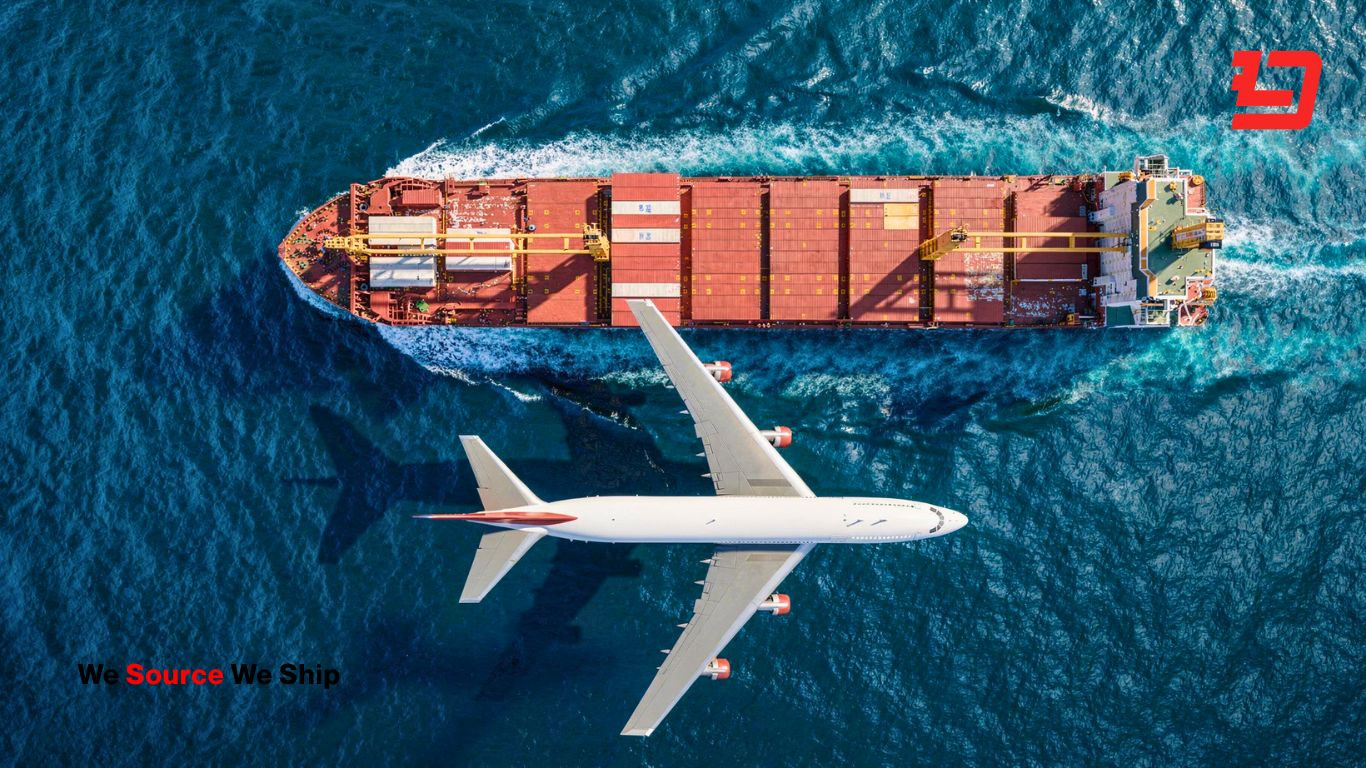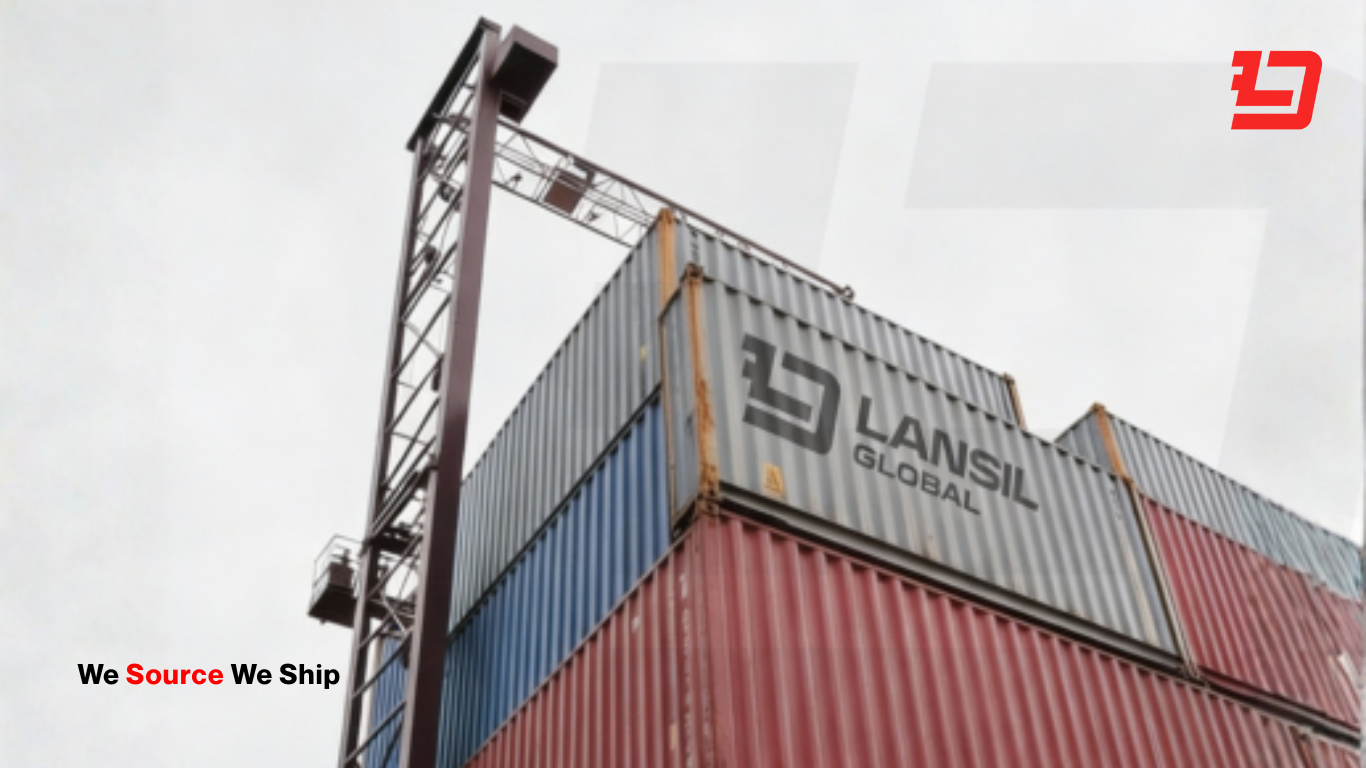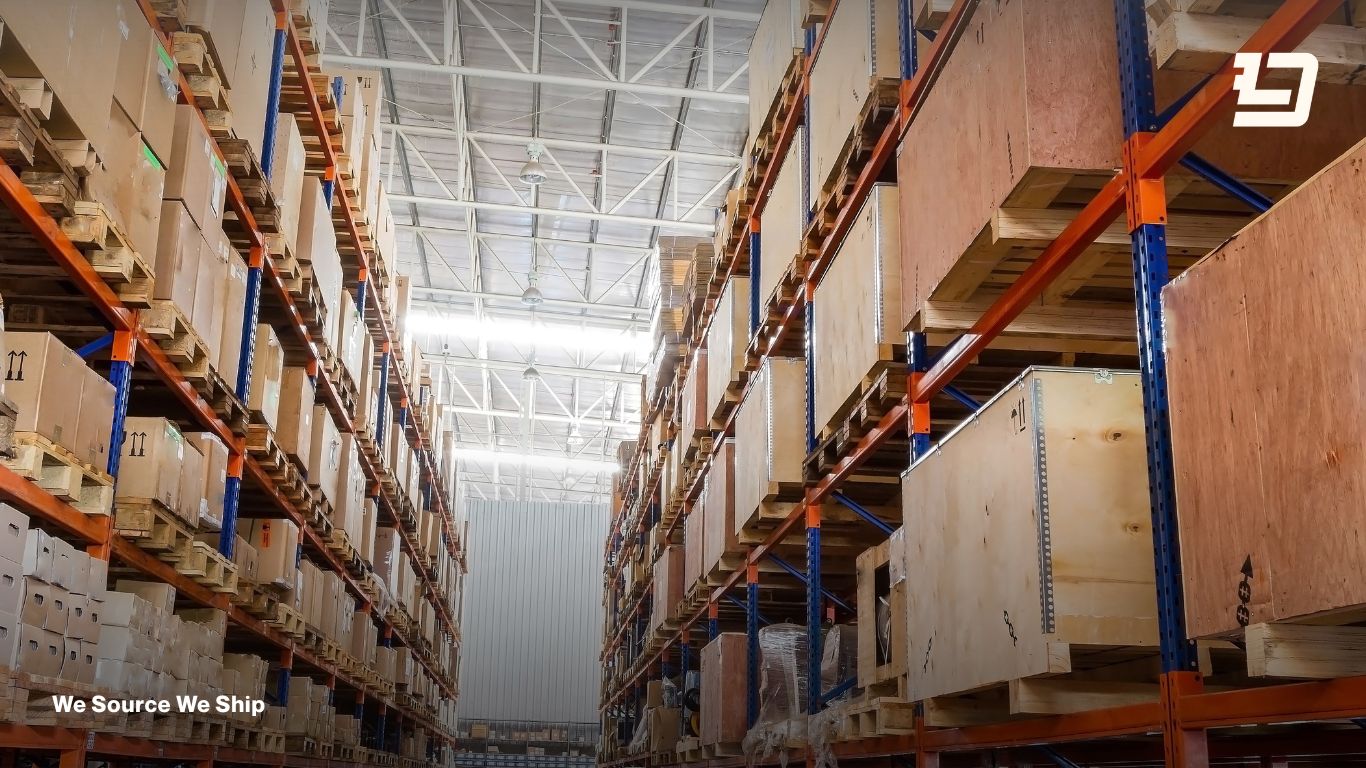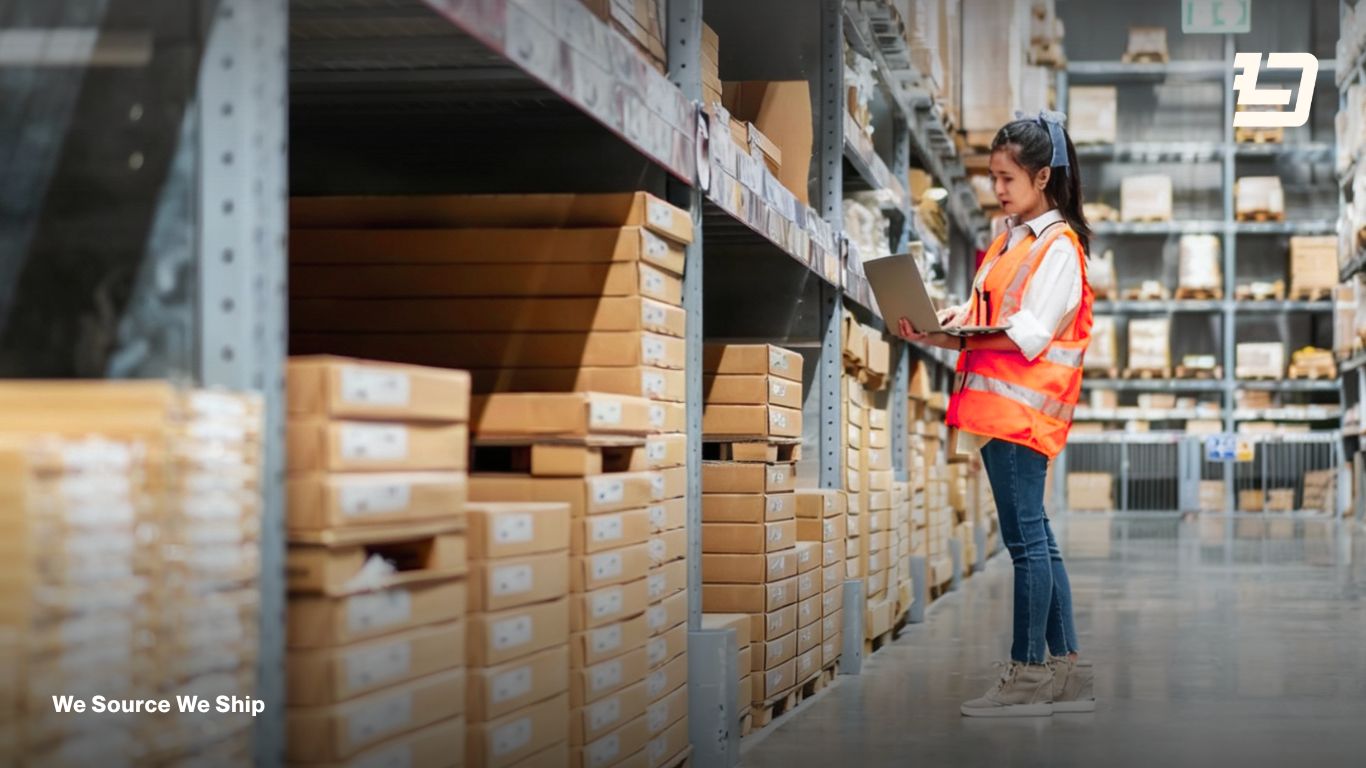If you’ve read our guide to U.S. order fulfillment, you already know how important fast, affordable delivery is for winning American customers. But the question many ecommerce brands face is: when should you make the switch from overseas shipping to a U.S. fulfillment center?
Relying on cross-border delivery may work at the start, but delays, tariffs, and rising costs eventually eat into your margins. Recent numbers highlight the shift. 74% of online shoppers now expect their orders to arrive within 2 days. At the same time, shipping rates from Asia to the U.S. West Coast spiked 47$ year-over-year in 2024 due to supply chain bottlenecks.
These trends show that ecommerce brands shipping only from China or overseas hubs risk losing both profit and customer trust. Below is a practical checklist to help you decide when it’s time to move your inventory into a U.S. warehouse for ecommerce.
Why Timing Matters for Switching to a U.S. Fulfillment Center
Global logistics is changing quickly. Tariff changes, rising freight costs, and consumer expectations for speed all collide in 2025. If you wait too long to adapt, your competitors with a U.S. 3PL partner will have the advantage.
Having inventory inside the U.S. through a third party logistics (3PL) provider helps ecommerce businesses:
-
Reduce shipping costs per order
-
Cut average delivery time from 10–20 days to just 2–4 days
-
Improve customer satisfaction and repeat orders
-
Lower risk of tariffs on direct-to-consumer imports
The Checklist: Signs It’s Time to Switch
Here’s a breakdown of the most common triggers ecommerce owners face.
1. Your Daily Order Volume Is Growing Beyond 20–30 Orders
If you are consistently shipping more than 20–30 parcels daily to the U.S., overseas fulfillment starts to drag you down. High volumes mean higher freight charges, more customs paperwork, and greater risk of delays.
Switching Point: Move to a USA fulfillment center once you hit 20+ orders per day. At this level, domestic pick-pack and local courier costs often become cheaper than repeated overseas shipments.
2. Shipping Times Are Hurting Conversions
According to Shopify’s 2025 Ecommerce Trends report, 58 percent of abandoned carts in the U.S. happen because delivery estimates are too long or unclear. If customers see 10–20 day delivery windows, they will likely move to a competitor offering Prime-like shipping.
Switching Point: If reviews, returns, or customer support tickets mention slow delivery, it’s time to move stock closer to your buyers.
3. Tariff Costs Are Eating Into Your Margins
The U.S. de minimis threshold of $800 is under pressure. In August 2025, new rules introduced a 35 percent tariff on certain direct-to-consumer shipments under $800. Brands relying only on overseas fulfillment are now exposed to higher landed costs.
Switching Point: If tariffs are adding 15–30 percent to your landed cost, a domestic warehouse for ecommerce in the USA protects your margins.
4. Return Rates Are High
Handling returns from the U.S. back to China is costly and slow. Customers expect hassle-free returns with prepaid labels and local drop-off points.
Switching Point: If return logistics is a bottleneck or eating into profits, U.S. 3PL providers can manage returns locally, saving you both money and customer complaints.
5. You Are Expanding Into Amazon FBA or U.S. Retail Channels
Retailers and Amazon FBA require local inventory. A U.S. 3PL can prep, label, and forward stock directly into Amazon or other retail partners.
Switching Point: If you’re planning multi-channel growth in the U.S., don’t rely on overseas fulfillment. You’ll need domestic storage and prep to stay competitive.
Quick Comparison: Overseas vs. U.S. Fulfillment
| Factor | Overseas Fulfillment | US Fulfillment |
|---|---|---|
| Average Delivery Time | 10–20 days | 2-4 days |
| Tariff Exposure | High | Low (bulk import at once) |
| Return Handling | Expensive, international | Local, low-cost |
| Customer Trust | Low (long waits) | High (fast, reliable) |
| Scalability | Limited | Flexible |
Cost Signals That Suggest a Switch
When analyzing your fulfillment costs, look at both per-order shipping and long-term scalability.
| Cost Signal | Why It Matters | Action |
|---|---|---|
| Per-order shipping is above $8–10 | Higher than average domestic fulfillment | Compare U.S. warehouse pricing |
| Tariff adds 20%+ to landed cost | Unsustainable for scaling | Move bulk imports into U.S. storage |
| Return handling >10% of order value | Erodes profit margin | Use U.S. 3PL with local returns |
Common Questions Ecommerce Owners Ask
Is U.S. fulfillment always cheaper than shipping from China?
Not at the very start. But once volumes scale and tariffs rise, local fulfillment lowers your average cost.
What if my volumes are still small?
If you have fewer than 20 U.S. orders a day, you may continue shipping from overseas. But plan ahead because growth can flip the numbers quickly.
Can I split stock between China and the U.S.?
Yes. Many brands use a hybrid approach: bulk stock in China for wholesale and a U.S. warehouse for direct-to-consumer.
Switching from overseas shipping to a U.S. warehouse for ecommerce is not just about faster delivery. It’s about protecting margins, building trust, and staying competitive in 2025. If your order volumes, tariff exposure, or return headaches match the checklist above, the time to move is now.
At Lansil Global, we operate fulfillment centers in Nevada and Pennsylvania, giving your brand 2–4 day shipping across the U.S. We also manage China 3PL services at our Shenzhen hub, covering storage, pick-pack, and global shipping. Combined, our China and U.S. 3PL network ensures seamless control from factory floor to customer doorstep.
Contact us today to map your fulfillment strategy and protect your margins.








